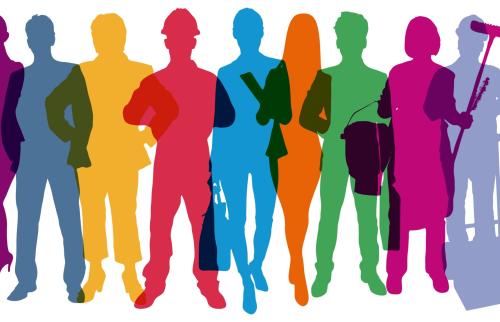Okay. It’s a pleasure to be here and I thank Jeremy and Irene for leading this effort and I do want to kick off the proceedings by talking about an over arching question and use it to motivate the odd and fabulous collection of people we have brought together.
I’m going to talk about why model social behavior? And I hear this or posed as a double question. One reading of it is why model rather than approach social dynamics in other ways? And the second reading is why include behavior in the modeling of social dynamics? I wanted to discuss both of those with examples from epidemiology. I am a member of the midas operation and this has been my focus of late, so I will talk about that, and again, use it as a platform for explaining our choice of participants.
So, I get this question a lot. Why model? Why are you building these models? And one of my favorite answers is to simply respond, well, you are a model. Anybody who ventures a projection or imagines how things would unfold, a war, an epidemic, a migration, a market, you’re running some model, but typically it’s an implicit mental model where the assumptions are hidden. Their internal consistency is untested and really untestable. The logical consequences of those assumptions are unknown, and their relation to any data is unknown, and I think in social and behavioral areas this is especially dangerous precisely because our intuitions are so powerful and so ingrained, and I hope the evolutionists will help us understand how they become so powerful, but in any event explicit models have the advantages. You can study how your assumptions will play out. They force you to study how your assumptions play out. Other people can replicate your results. You can calibrate historical cases. You can test against available data if that’s available. You can incorporate domain, expertise in a rigorous fashion. We have very good luck with collaborating with experts on flu and so forth, and you can argue with one another in a disciplined fashion -A healthy thing. With current computing these models can be very realistic spatially and in a variety of ways. You can sweep enormous ranges of the assumptions numerical and other to identify thresholds where the behaviors of the model changes dramatically, and you can do sensitivity analysis to identify the most salient uncertainties.
Read 10 reasons to Model »
Watch full conference presentation »



Commentary
Modeling Social Behavior
November 26, 2008